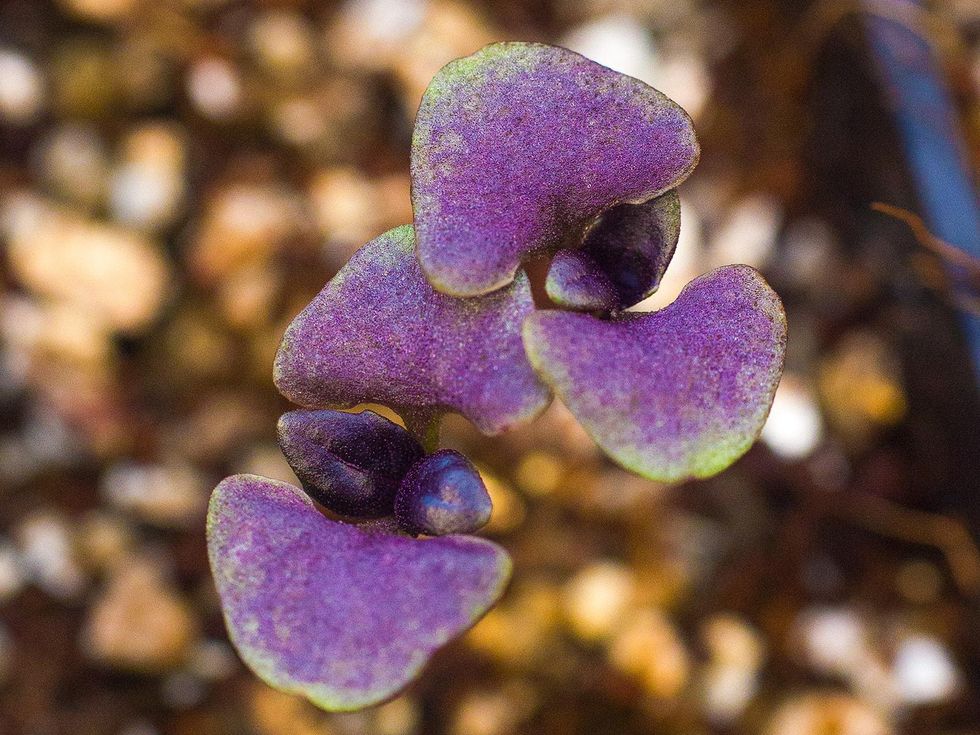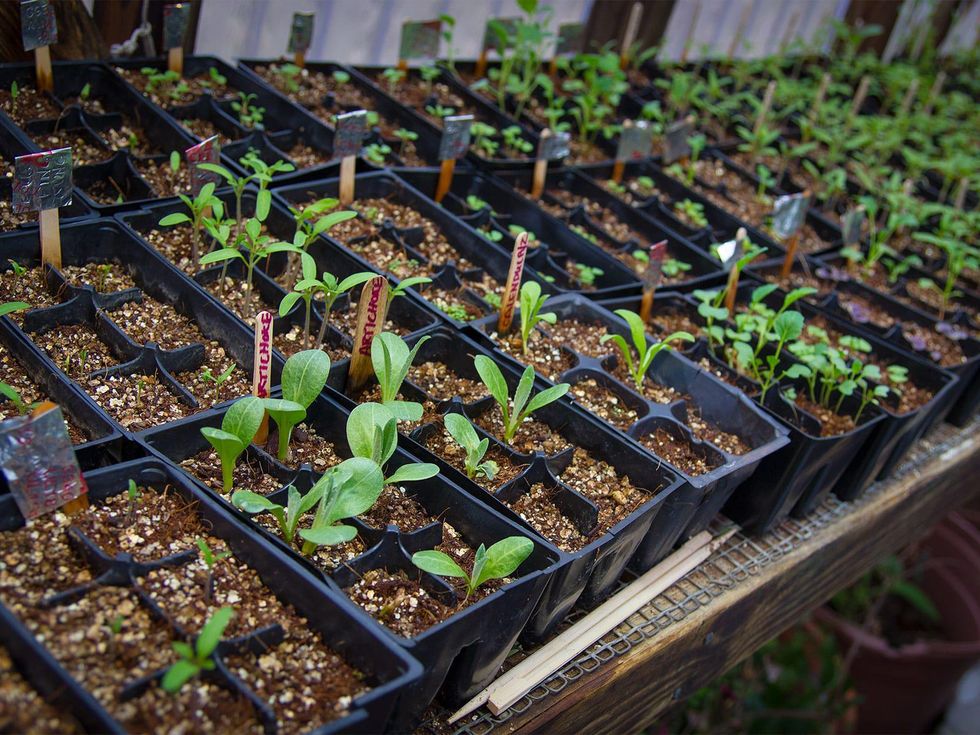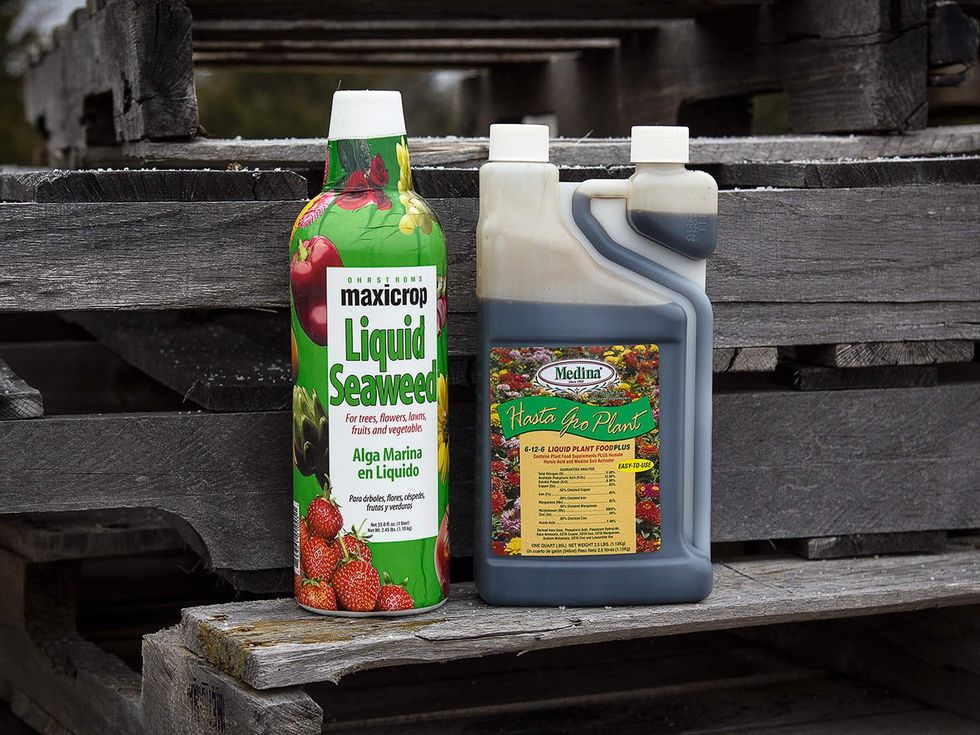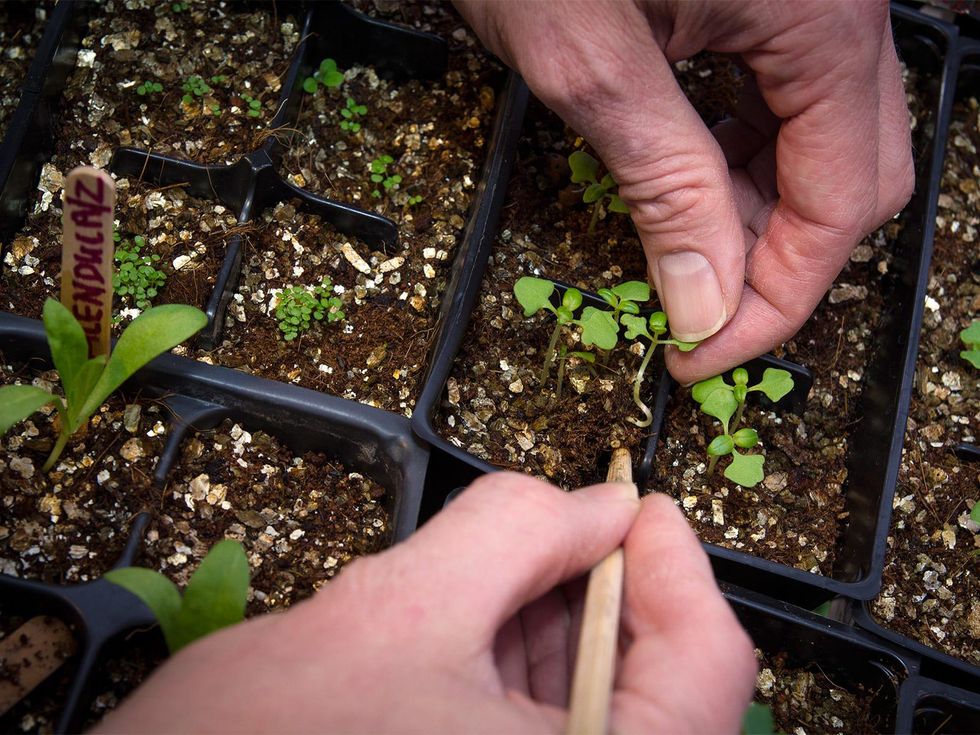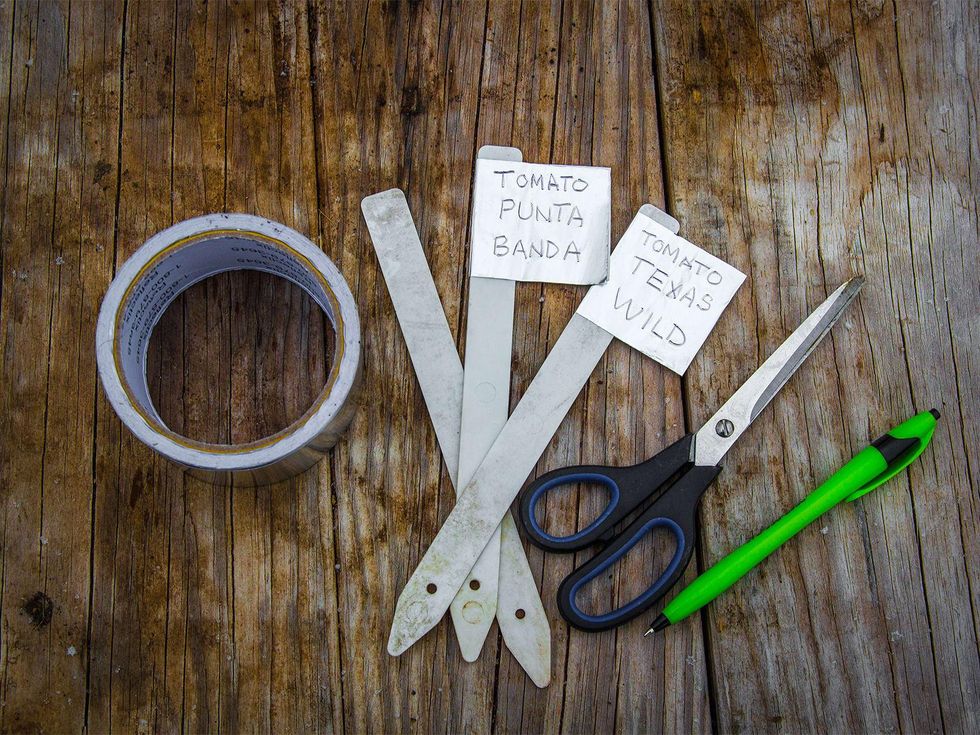The Farmer Diaries
Texas farmer nurtures seedlings to create foundation for new garden
The 2014 garden begins propitiously. Three days after I sowed my first seeds in starter trays, sprouts began to pop up: kale, broccoli, cabbage, collard greens, Swiss chard and mint. The summer crops — tomatoes, basil, eggplant — emerged more slowly, provoking me to worry that they might not sprout at all. But in the three weeks since I began, everything I planted has sprung to life and is putting on good growth.
My selection of plants is uniquely suited to the Texas climate. When I transplant them into my garden beds in March, after the threat of frost has passed, I will have an advantage in producing my own food because of their ability to withstand the summer heat and drought like few other varieties can.
My selection of plants is uniquely suited to the Texas climate. They can withstand the summer heat and drought like few other varieties can.
At first, the seedlings needed nothing but occasional watering to keep the seed starting medium moist. For as long as the seedlings sport their cotyledons — the embryonic leaves that unfurl first and nourish the seedling for the first week or so — they need no fertilizer.
Once their true leaves begin to dominate, they're ready to take in added nutrients. I start my seedlings with a foliar spray of Maxicrop liquefied seaweed, once every two or three days. Liquefied seaweed is a weak fertilizer, so there's no chance of it burning the tender seedlings while it gives them trace minerals and micronutrients and stimulates their growth.
Once every two weeks, I dilute Medina's Hasta Gro liquid fertilizer in a ratio of half an ounce of fertilizer per gallon of rainwater for a more nutritious foliar spray. Within an hour of spraying it on my seedlings, they become vividly green and sturdy.
Hasta Gro is not an organic fertilizer, in the purest definition of the term. But because of its low salt content, it doesn't destroy the fertility of soil like the fertilizers used in industrial agriculture do, so I feel confident in using it.
So far, not a single seedling has succumbed to "damping off," a condition in which fungus overtakes the soil and kills a seedling. I credit the medium I mixed; it's composed of two sterile ingredients, coconut coir and vermiculite, and is therefore less prone to harbor pathogens. Still, I allow the medium to dry a little on the surface between waterings; there's no use in pushing my luck.
Although I planted two or more seeds in each cell of my six-pack starter trays so there would be a plant in each cell, a few are empty; it's the way things go. My options: I can ignore the empty cells, and wholly alter overnight my obsession with things being complete, or I can fill them in with fresh seed.
With the hardier seedlings of peppers, tomatoes and eggplant, I can re-home into an empty cell one of the extra seedlings from the cells where two seeds germinated.
Not all seedlings can be pried from their neighbor without ruining both. I use a chopstick for this sort of "seedling surgery."
Not all seedlings can be pried from their neighbor without ruining both. It works best if the seedlings have an inch or more of clearance. I use a chopstick for this sort of "seedling surgery."
I insert the chopstick an inch down into the starting mix and half an inch from the seedling. Then, while holding the seedling by one of its leaves — not the stalk — I pull up on the plant and bend up the mix with the chopstick, freeing the seedling from the mix with just a clump of it on its roots.
I make an opening in the mix of an empty cell that matches the size of the dislodged mix and gently firm the transplanted seedling in place. To complete the transplant, I water the seedling with a few drops of seaweed foliar spray to seat the roots.
In a week, I will thin out the weaker seedlings in all cells where more than one plant is growing, giving the remaining plant the room it needs to develop healthy roots and a sturdy structure.
I'm trying a new program this year to identify my seedlings. In past years, I used wooden sticks that would eventually rot and fall away from the tray they once identified. Plastic markers aren't necessarily better: They're subject to the sun bleaching off the ink of permanent markers. Either way, I've ended up with a half dozen trays of plants whose variety of tomato, pepper or marigold I can only guess.
This year, I've implemented a new marker construction I hope will do the trick. I bought a few plastic plant markers and some foil tape used for duct work in homes. I cut the foil tape into five-inch lengths, affixed it to the markers like a mini flag on a flagpole and wrote the variety on the tape with a ballpoint pen. The result: an embossed foil marker that should hold up to moisture and sunlight without losing its text. At least, that's the plan.
I am satisfied with the progress of my seedlings so far. Even though I've been starting my own seeds successfully since my teens back in the mid-'80s, I always feel a little surprised when everything works out. Despite my yearly doubts and impatience, the whole process is simple and involves little more than giving the seedlings the few things they need while letting nature take care of the rest.
